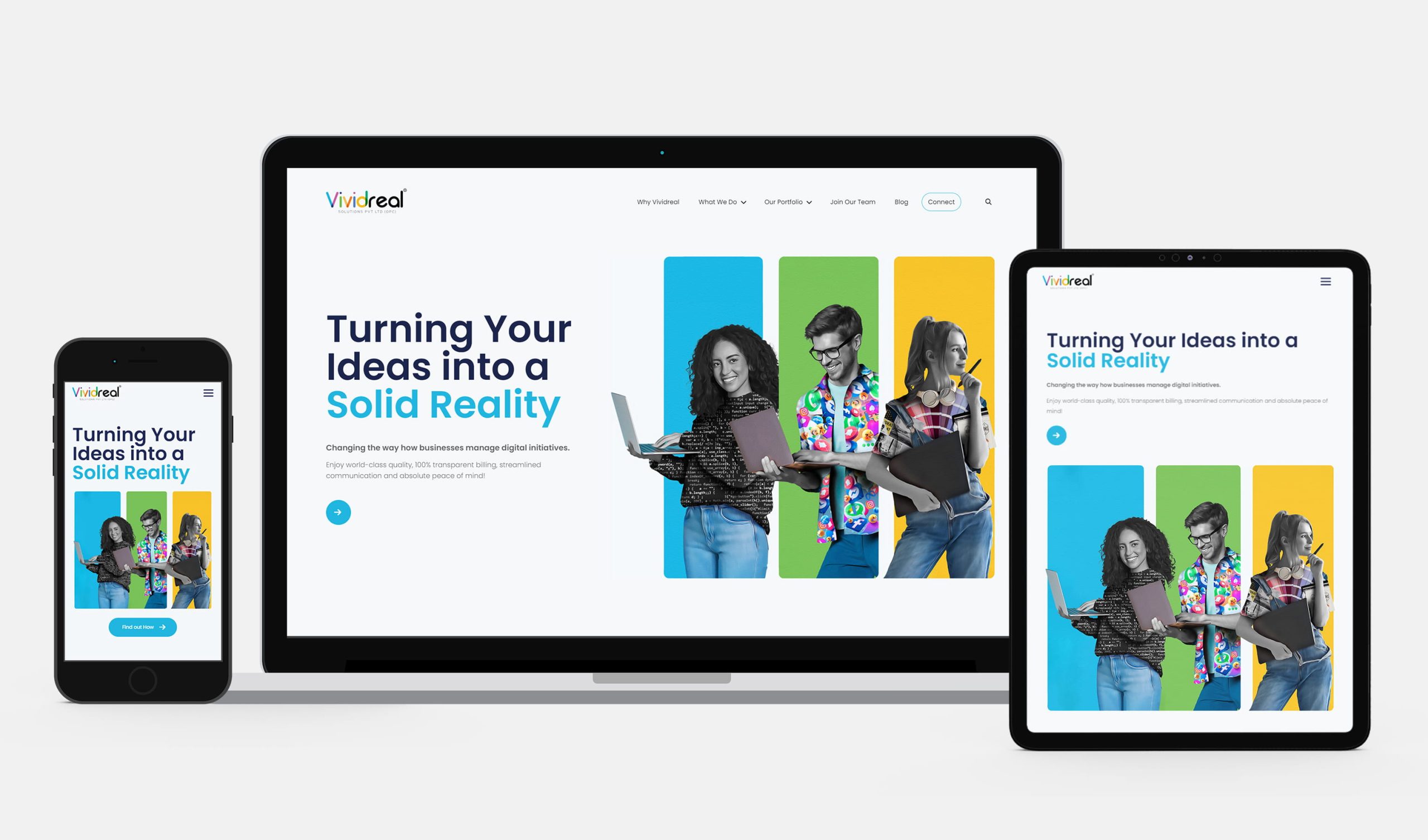5 Ways AI would Revolutionize Digital Marketing in 2025

AI has changed the world for ever. A mere couple of years ago, the idea of a disruptive force of this kind seemed like mere imagination. Today, that force is real and unfolding right before our eyes. Our lives will never be the same.
In a world where everyone is pondering the same question—how will AI transform their professions—digital agencies like ours find themselves at the forefront of this revolution. Today, I aim to address some of these questions from the viewpoint of a service provider to product and service companies worldwide.
1. Enhanced Personalization:
AI can play a huge role in hyper-personalized marketing. By analyzing user behavior, preferences, and historical data, AI algorithms can customize content, recommendations, and ads for individual users. Anticipate the emergence of new AI models dedicated exclusively to this purpose. Following are some obvious developments that we can expect in near future:
Interest Fusion:
The individual’s diverse interests—running, muscle building, and badminton—create a unique profile.
AI can fuse these interests to understand their holistic lifestyle and preferences.
Behavioral Insights:
Analyzing their purchases (running shoes, energy gels) and information-seeking behavior (progressive overload, badminton racquets) provides valuable insights.
AI identifies patterns and predicts future actions.
Customized Recommendations:
Beyond generic ads, AI tailors recommendations based on specific interests.
For instance, suggesting advanced running shoes for marathon training or personalized badminton gear.
Expertise Levels:
AI can assess their expertise level (novice, intermediate, advanced) in each interest area.
This informs product recommendations—basic gear for beginners, specialized equipment for experts.
Dynamic Content Delivery:
AI dynamically adjusts content delivery based on context.
If they’re researching progressive overload, AI might serve content on muscle-building techniques.
Predictive Trends:
By analyzing historical data, AI predicts future buying trends.
It goes beyond predefined audience segments, adapting to individual behavior.
Remember, AI’s power lies not only in understanding interests but also in predicting intent and personalizing experiences. As technology advances, we’ll witness even more sophisticated models that cater to individual nuances.
2. Predictive Analytics:
The emergence of generative AI has profoundly disrupted the data analytics landscape. AI-powered predictive models analyze vast amounts of data to forecast trends, customer behavior, and market shifts.
However, what you’ve witnessed so far is merely a trailer. With the advent of AI, predicting trends and designing for the future can become a reality. When human imagination and sensory abilities combine with big data and AI capabilities, the sky’s the limit for data analysis in digital marketing.
3. Programmatic Advertising:
AI-driven programmatic advertising automates ad buying and placement, optimizing targeting, bidding, and real-time ad delivery. This results in improved ROI and higher conversion rates1.
While giants like Google Ads and Meta already leverage AI capabilities on their platforms, the question remains: Are we achieving the desired ROI? As a digital marketing professional with over 18 years of experience managing ad budgets, I recognize a significant gap that AI can fill. Hyper-personalization of ad content creation and delivery schedules based on individual traits is just one avenue. The opportunities are boundless.
4. Chatbots and Customer Support:
Chatbots, fueled by AI, efficiently handle routine customer queries, providing instant responses around the clock. Their benefits are manifold: improved customer experience, reduced response time, and the ability to free up human agents for more complex tasks.
Consider this: Major companies with chat support accumulate vast amounts of chat history data from real interactions. These data serve as valuable training material for AI, enabling it to replace human chat support to a significant extent. Additionally, AI can predict query similarity based on previous interactions and seamlessly switch to human support when faced with higher difficulty or ambiguity levels.
5. AI Content Creation – a collaborative revolution:
In the dynamic landscape of content creation, AI has wrought profound changes. Nowadays, it’s rare to find anyone producing content without the assistance of AI. Even this very article owes part of its existence to AI-generated content.
While AI won’t replace human creativity or sensory perception, it serves as a valuable collaborator. Here’s how:
Topic Suggestions and Structure Enhancement:
- AI algorithms suggest relevant topics based on trends, user intent, and keyword analysis.
- It also fine-tunes sentence structure, ensuring readability and coherence.
- By augmenting human efforts, AI enhances content quality.
Insights Amplification:
- AI doesn’t just stop at surface-level assistance.
- It adds depth by providing insights, data-driven recommendations, and context enrichment.
- Writers benefit from this symbiotic relationship—combining human intuition with AI’s analytical prowess.
Beyond Text: Video and Graphics:
- AI’s impact extends beyond written content.
- In video production, it automates editing, captioning, and even generates visual effects.
- Graphic design tools powered by AI create stunning visuals, logos, and infographics.
Case in Point: Coca-Cola’s AI-Generated Masterpiece:
- Coca-Cola recently unveiled “The Masterpiece,” a fully AI-created commercial.
- This groundbreaking ad showcases AI’s ability to evoke emotion, creativity, and storytelling.
- The opportunities for innovative content creation are boundless.
In summary, AI and human collaboration yield insightful, original content with remarkable efficiency. Whether it’s written articles, videos, or eye-catching graphics, AI amplifies our creative endeavors.
Remember, AI is a tool—a powerful one—but it still needs human guidance and understanding to achieve its full potential in marketing.


